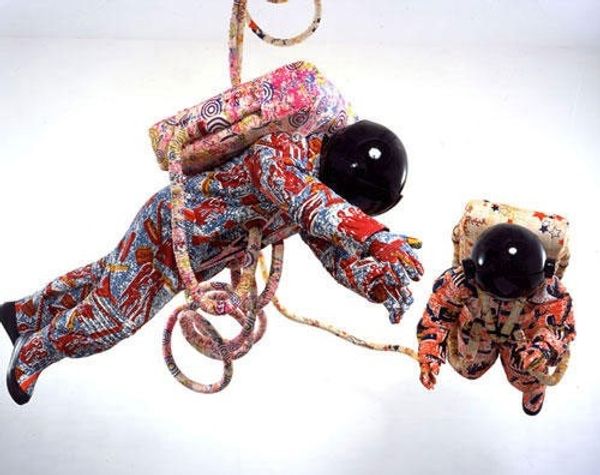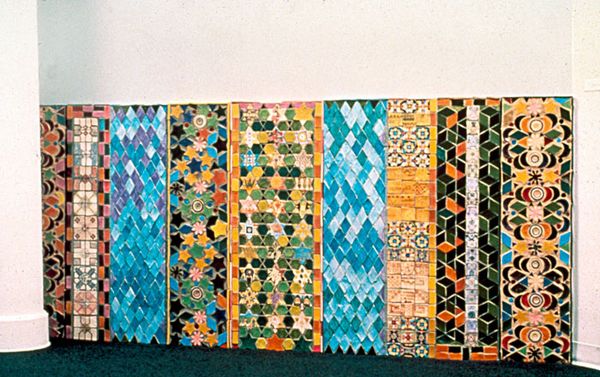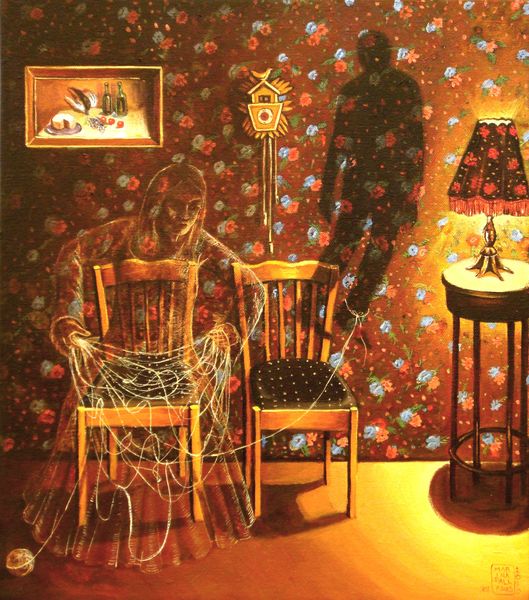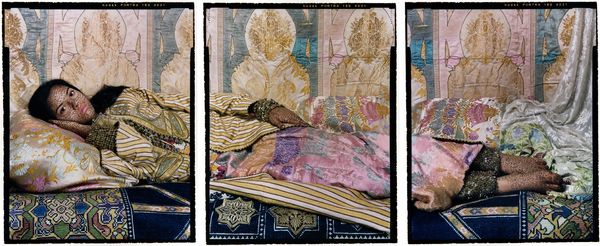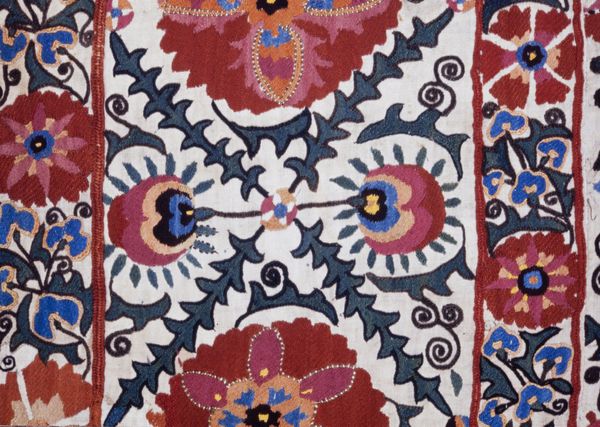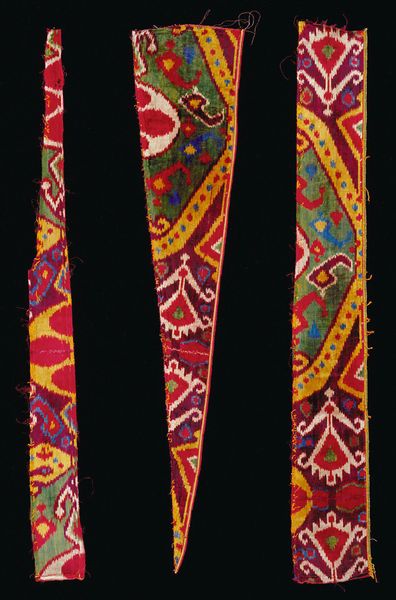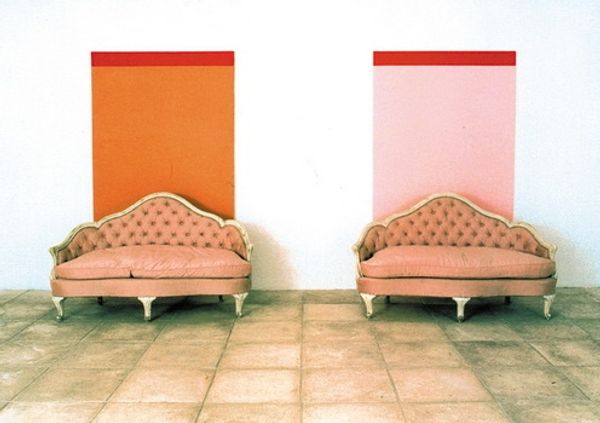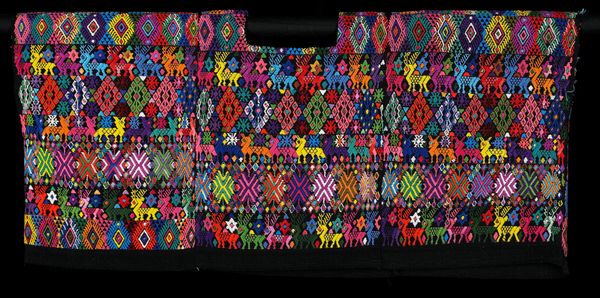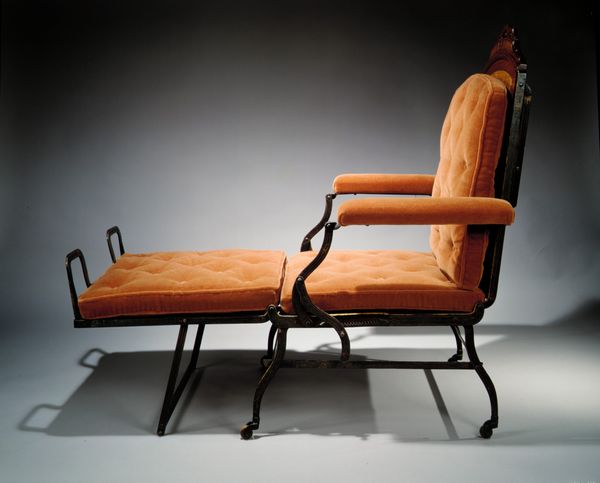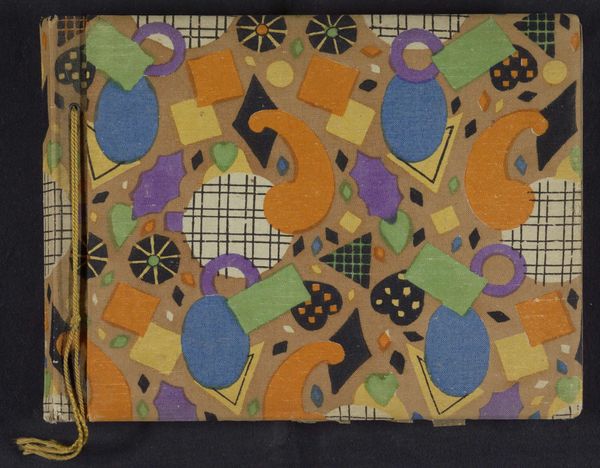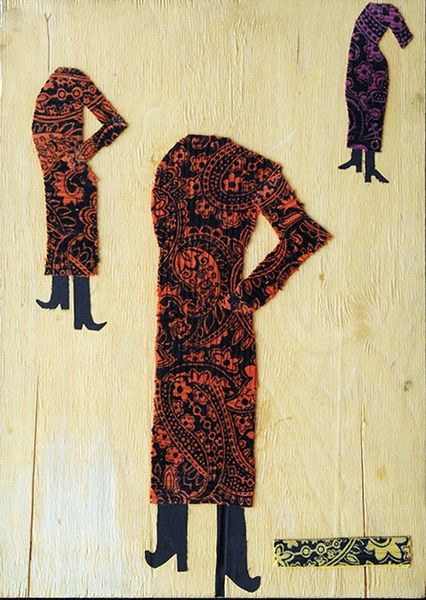
mixed-media, sculpture, installation-art
#
african-art
#
mixed-media
#
narrative-art
#
appropriation
#
folk art
#
figuration
#
postcolonial-art
#
sculpture
#
group-portraits
#
installation-art
#
history-painting
#
decorative art
Copyright: Yinka Shonibare,Fair Use
Editor: Here we have Yinka Shonibare's *Scramble for Africa*, from 2003, a mixed-media installation. The headless figures, garbed in vibrant, Dutch wax print fabrics, are gathered around a table, hands splayed as if laying claim. The effect is both humorous and unsettling. What's your interpretation of this piece, especially considering its title? Curator: It's a potent tableau, isn't it? Shonibare uses this work to dissect the 1884-85 Berlin Conference, a pivotal moment when European powers carved up Africa without African representation. The headless figures emphasize the dehumanizing aspect of colonialism. Those vibrant fabrics, though often associated with Africa, are actually Dutch wax prints, manufactured in Europe and sold in Africa, a loaded symbol of cultural appropriation and trade imbalance. Editor: So, the fabric itself is a historical artifact? It adds another layer to the narrative. Curator: Absolutely. The "African" fabric, ironically, becomes a critique of authenticity and the manufactured exotic. Think about how Shonibare is placing these figures in a composition reminiscent of history paintings – but twisting it with the headless figures. What effect do you think that has? Editor: I think the lack of heads suggests a lack of empathy or vision – a kind of blindness. Like they're mindlessly grabbing, devoid of individual identity or moral conscience. Curator: Precisely. The work speaks volumes about power dynamics and the lasting impact of colonialism, but it’s also a clever commentary on how we construct identity through culture and commerce. Shonibare pushes us to question the visual language we use to understand history and power. Editor: I never thought about fabric holding so much historical weight! It’s amazing how Shonibare uses that, alongside the staging, to create such a cutting critique. Curator: Indeed. The politics of imagery is never straightforward. It challenges viewers to grapple with uncomfortable truths about the past and its reverberations in the present. Editor: Well, this piece has definitely opened my eyes to seeing history in everyday objects. Thanks for your insight.
Comments
No comments
Be the first to comment and join the conversation on the ultimate creative platform.

